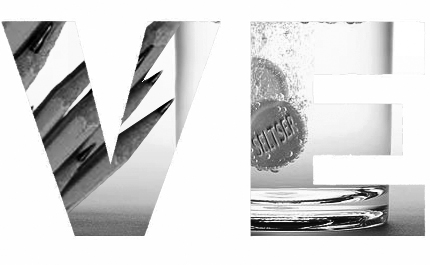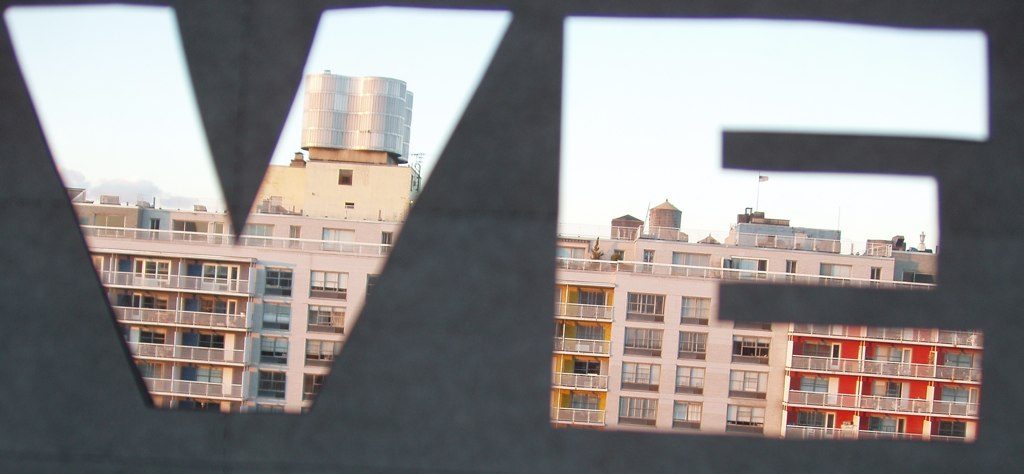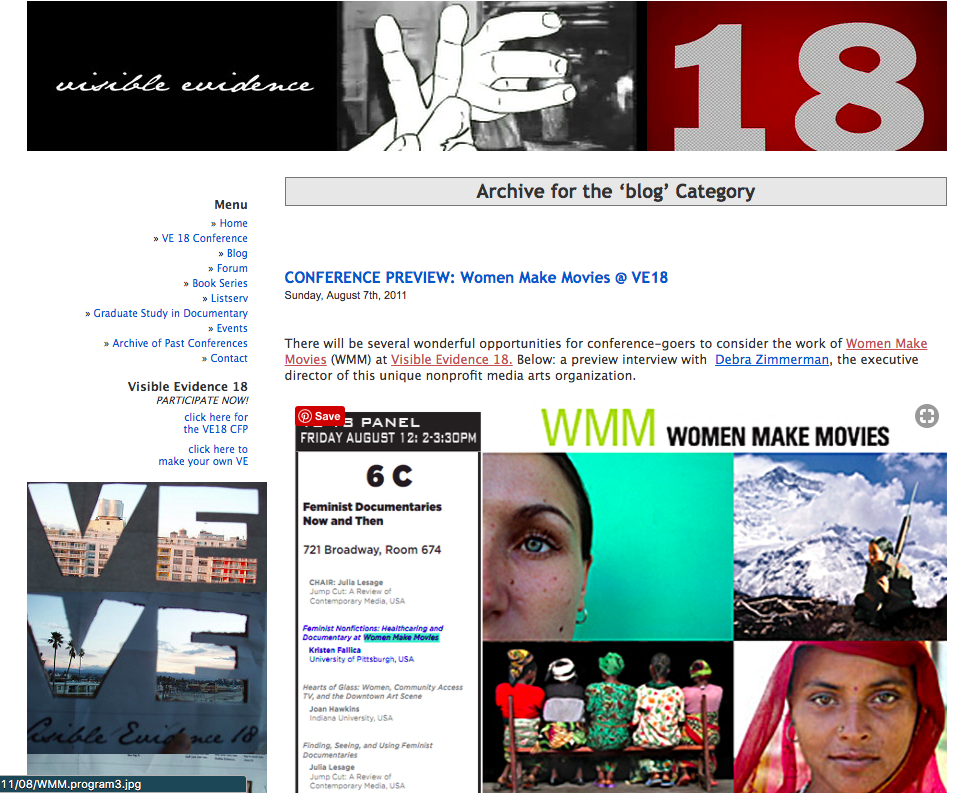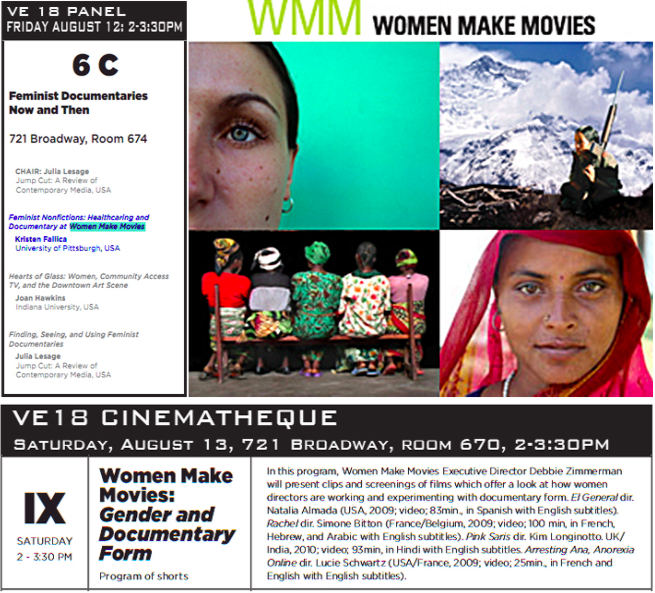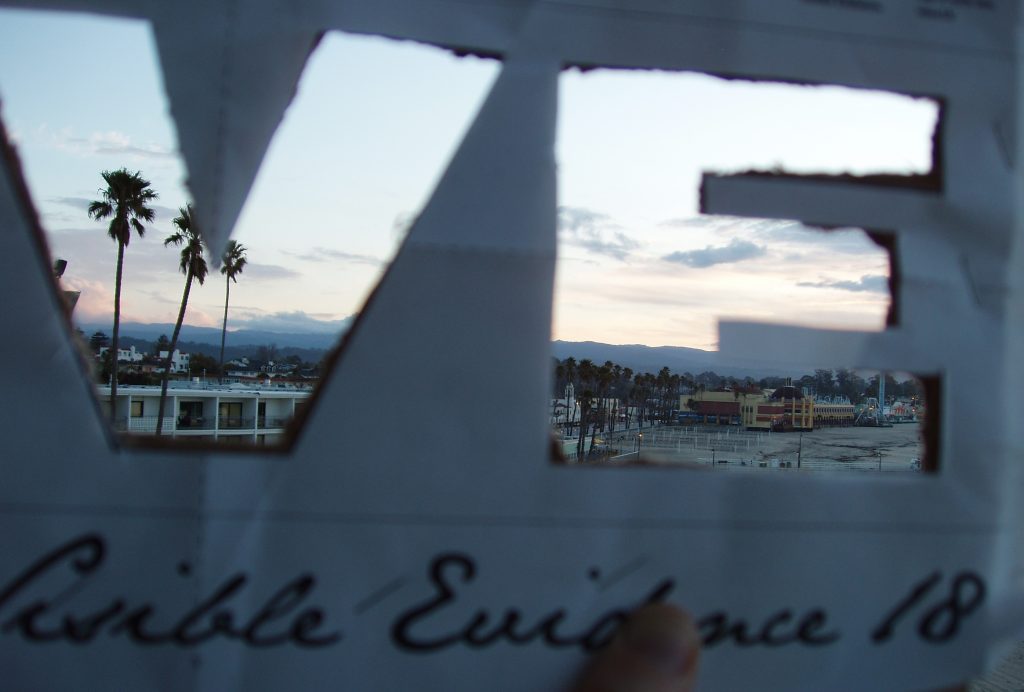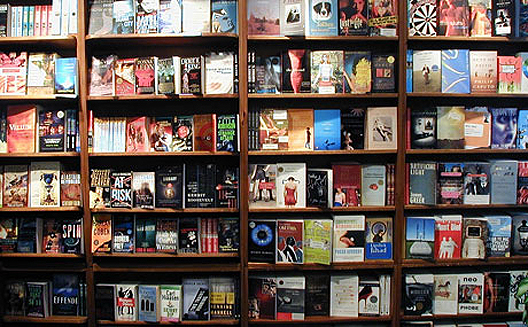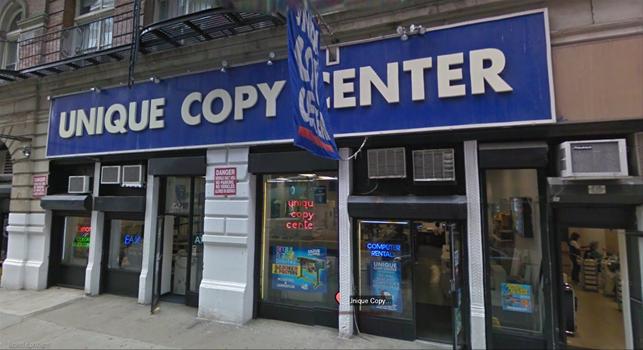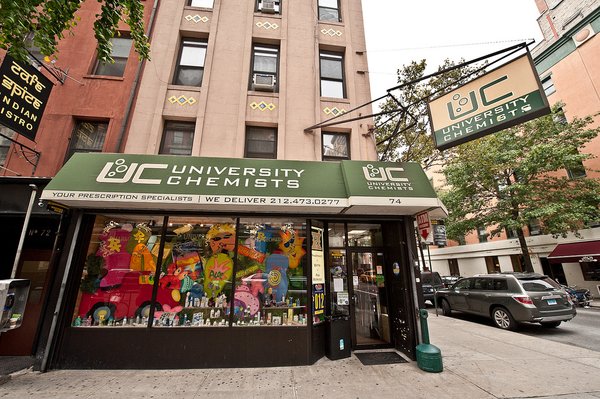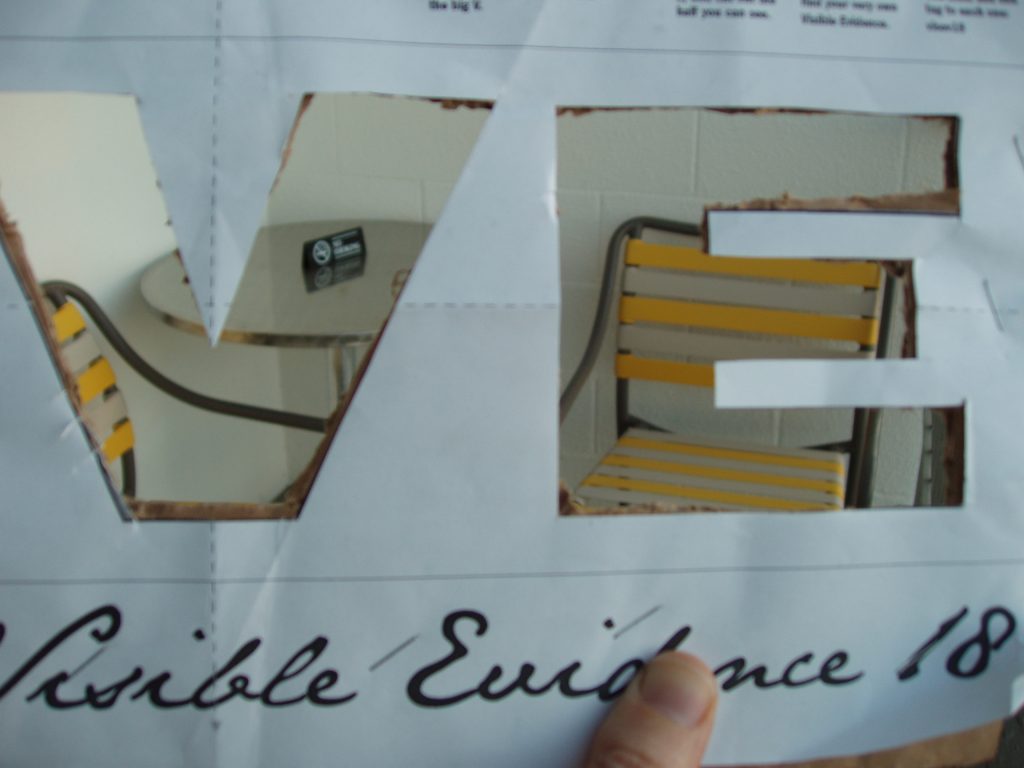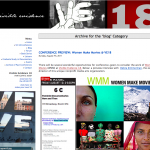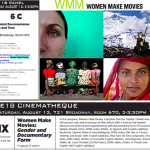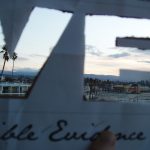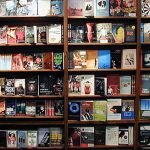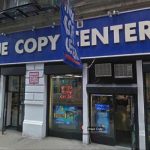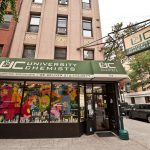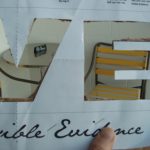It Begins
Monday, March 21st, 2011
Initial review notifications have commenced, and Visible Evidence 18 is shaping up to be an exceptional gathering. The number of submissions to this year’s conference was unusually large. Close to 400 individual proposals were carefully considered, reconsidered, and considered again by an array of esteemed readers and the tireless members of our review committee. Charged with the impossible task of whittling an impressive block of work down into something that might fit into the space of 4 short days—and concerned with kindling interesting face-offs and melodious pairings among this year’s submissions—the committee was forced to pass on a significant number of worthy papers. But such selectivity bodes well for a stimulating lineup in August! Thanks to our new conference organizing software, you can take a sneak peek at the growing list of accepted papers (but please ignore the inaccurate system-automated groupings) here.
Please take note: we are still in the process of compiling the complete listing and the program, so do check back later to get the full effect.
With the most difficult decisions nearly complete, the energy in New York has turned to questions of form and format. The perennial task of arranging the thematically and methodologically broad work of VE participants into a coherent conference experience has begun. The New York committee has followed in the tradition of VEs past and has welcomed work related to any and all aspects of documentary, and they’ve also tried to foment (or let organically emerge) a few timely and site-specific themes to supplement this format. But with a larger-than-usual conference shaping up for New York, the grouping and panel-making of themed and non-themed work is not proving to be a light undertaking. The scale of VE, as an arrangement of panels, plenaries, workshops and screenings, has been a perennially mutating question for conference organizers. A lively, growing conference makes necessity of simultaneity and overlap—whether one likes the multi-stream format or not. But it has traditionally been up to conference committees and directors to design a program that strikes an artful balance between intimate and overwhelming.
Past conferences have taken different tacks on matters of theme and scale.
…
VEXIV
VE Bochum, for example, tried to highlight several themes, particularly re-enactment and performance, in their open call for the 2007 conference. Their program committee, comprised of a number of scholars and makers from the German documentary film community, met early in the process over meals in Bochum and Berlin to hash out the details and debate the merits of individual paper proposals. Described by Vinzenz Hediger as “one of the greatest pleasures in organizing this conference,” these lengthy and lively committee dinners gave way to the conference lineup. Thinking through their themes, Gertrud Koch had the idea to invite Marina Abramovic to be a keynote speaker. And Werner Ruzicka joined other organizers in suggesting films for a screening list which would expose the VE community to a number of remarkable German films, including Philip Schefner’s Halfmoon Files (2007). The committee also tended to panels and screenings that touched on questions of film and industry—questions that were quite topical to the conference’s locale. And so to the former industrial heartland of Germany, the Ruhrgebiet, came screenings of films like Michael Loeken’s Losers and Winners (2006) wherein an entire Ruhr area steel factory is shipped to China. When asked to reflect on the process of forging and arranging such a set of themes, Hediger noted that the VE14 program “certainly reflects the intellectual temperaments of the committee members, but that was something that we wanted, and I think achieved.”
…
XV
In Lincoln, in 2008, conference director Brian Winston preferred to let themes emerge after the submissions process was complete and the national conference committee had cast their electronic ballot. “I suppose I still [had] the original model of VisEv very much in mind: a show and tell to see what everybody was up to,” said Winston in response to a query about VE15’s organization. Winston’s preference for maintaining a freer conference model, without preconceived rubrics, resulted in the arrangement of four broad categories—national documentary expression, new technologies & documentary, past documentary practice and current concerns. These were painstakingly threaded together from accepted work and then built (with an eye to conflict avoidance) directly into the navigation system of the conference program itself so that attendees could plan to make the most of their time in Lincoln. VE15 also tried to feature film screenings more prominently in the lineup by scheduling them in the body of the conference itself, often in timeslots traditionally reserved for panels and plenaries. Panel discussions were broken up by full sessions devoted to films such as Esfir Shub’s newly recovered early synch-sound Komsomol Patron of Electrification (1932), Kim Longinotto’s Hold Me Tight, Let Me Go (2007) and a variety of pre-Drifters British films from the archive. Funds were also secured to treat VE15 attendees to a special celebration of Ricky Leacock’s 87th birthday. The conference was the first in history to garner a screen credit, when Leacock, along with Michael Renov, Stella Bruzzi, Paul Henley and Seth Feldman were all filmed for the production of Winston and Mac Dara O’Curraidhin’s film, A Boatload of Wild Irishmen. VE15 organized accepted work into 56 panels of 3 to 4 presenters each spread over 16 two-hour sessions and gave singular attention to 5 additional plenary gatherings.
…
VEXVI
VE16 director Michael Renov struck a balance in 2009 between, as he put it “smaller, more intimate single-stream meetings” and “ letting a thousand flowers bloom” in Los Angeles. Work by artist/practitioners such as James Benning’s “Milwaukee to Lincoln, MT” and a tribute screening of Chick Strand’s Soft Fiction (1979) held featured ground next to approximately 46 panels and workshops of 2-3 (and occasionally just one) presenters each spread over seventeen sessions and 5 conference days. The VE16 team received a growing number of submissions around the themes of new media and online practice and tried to highlight these in their organization of accepted work.
…
VEXVII
In 2010 in Istanbul, Alisa Lebow and the VE17 committee lent a regional flavor to the conference by featuring two plenaries on Kurdish and Iranian documentary and a screening list comprised of Turkish documentaries such as Bu Ne Güzel Demokrasi! (What a Beautiful Democracy?, Belmin Söylemez, Berke Ba?, Ha?met Topalo?lu, Somnur Varda, 2008), and Aya Seyahat (Journey To The Moon, Kutlu? Atama, 2009). The Istanbul conference arranged accepted work, much of it in the areas of transnational and political documentary, into 47 panels of 2-3 presenters each (as well as the 2 featured plenary panels) and spread these out over fifteen sessions.
…
With the sizeable submission-scape this year, the New York conference will most likely include upwards of 60 panels, a handful of featured plenaries, and an autonomous conference cinematheque. We received a nice mixture of proposals from artists, filmmakers, academics and archivists in response to both the freeform call and the thematically arranged calls (Life During Wartime, Transnational Cities, Radical/Experimental New York, Archiving/Preservation/Material Actuality of Documentary, and Documentary Sound). How will the VE18 team turn the growing list of accepted papers in these diverse areas into a coherent whole? Stay tuned…..
CONFERENCE PREVIEW: Women Make Movies @ VE18
Sunday, August 7th, 2011
There will be several wonderful opportunities for conference-goers to consider the work of Women Make Movies (WMM) at Visible Evidence 18. Below: a preview interview with Debra Zimmerman, the executive director of this unique nonprofit media arts organization.
“Women’s ways of seeing the world are not considered central”:
Interview with Debra Zimmerman of Women Make Movies
Women Make Movies was founded in 1972 to help women film- and videomakers gain access to training and equipment. Its goal: to increase the visibility of women on both sides of the camera. By the late 1970s WMM had also set up a distribution service, in response to the lack of opportunities for women to circulate and screen their films. Today WMM’s distribution catalog contains over 500 titles, and includes fiction, documentary and experimental works by over 400 women filmmakers from nearly 30 countries. WMM films have won all the major filmmaking awards, from Oscars, Emmys and Peabodys to prizes at top-level film festivals such as Cannes and Sundance. On the eve of Visible Evidence 18, Marcy Goldberg (University of Zurich) spoke with Debra Zimmerman, executive director of Women Make Movies since 1983, about the challenges currently faced by WMM and by women film- and videomakers working today.
MG: How has the function of Women Make Movies changed over time?
DZ: WMM started as a collective for independent film- and videomakers, at a time when only a few women in the U.S. had technical skills or access to equipment. With the growth of video and media art centers, the problem of access began to be solved. At the same time, WMM started getting more and more requests to rent films. This was and is a needed service and a good source of income, so our focus gradually shifted.
However, we have always maintained our commitment to training. In 1988 we established our Production Assistance Program to support women in developing independent productions. The program offers projects fiscal sponsorship. We also provide valuable information and guidance through our workshop series, including workshops on how to find funding and how to market films. Over the past 4 years the Program has helped to triple the amount of funding coming in for partipants. We currently have 200 projects in various stages of production.
MG: What kinds of films do you look for?
DZ: Our mandate is to distribute independent films by and about women, with a special emphasis on supporting work by women of color. For the past 12 years our main focus has been on documentary. The choice was more pragmatic than philosophical. Our sales are mainly in the institutional and educational sectors –universities, libraries, youth centers, and so on – where documentary is a natural fit. A really big change is the lack of experimental film work today, compared with when we started. Feminist film theory and practice were more closely aligned then. Over the years there have been increasing cutbacks in government support for artistic filmmaking. At the same time, broadcasters and foundations are interested in social activist documentary. So that’s the context for what we’re doing. But it would be nice to see more experimental, artistically challenging films with cultural and political impact.
MG: On the international film festival scene today, it seems there are few films made by women. At the Cannes Film Festival in 2010, for instance, there were no films by women directors in competition, which led to the “You Cannes Not Be Serious” protest. Is there a backlash going on?
DZ: I don’t know if it is a backlash because I don’t know if it was ever that good! Cannes was never big on representing women. Zero films in competition was a low point, but that was down from only 2 or 3 at the most. WMM has been doing a study since 2002 on the presence of films by and about women at major festivals like Cannes, Berlin, Toronto and Sundance. We’ll be releasing the results next year, when the study reaches 10 years and we celebrate our 40th anniversary.
In general I don’t think women in the film world are slipping, but we’re certainly not growing the way we used to be growing. The industry is still holding on tightly to old-fashioned concepts of what people want to see. If you look at the programming of any major festival, you will see few films by women, and few films about women. Recently there has been a big focus on blockbuster documentaries, million-dollar films that get tremendous exposure. Animal films, war films, investigative documentaries on politics and the economy. Women are not seen as part of that universe. We are seen as a special interest group. Women and women’s ways of seeing the world are not considered central, and that’s really, really troubling.
MG: Would you say that younger audiences are less interested in feminist issues?
DZ: Every few years Time magazine likes to run a cover story on how “feminism is dead”. But we get lots of young interns, and many requests from college audiences for our films. I think there may be a lack of knowledge among younger women about what preceded them. But internationally there has been an explosion of women’s film festivals over the past few years. WMM has worked with many groups in Asia, Latin America and the Middle East to help start new festivals. Festivals are a great mechanism for getting films to audiences. And the audiences are not just women, I can tell you that.
MG: Has the internet helped you in your work? What about digital cinema or video on demand?
DZ: Looking back, we’ve had to deal with a new format every 5 years or so. We’ve moved from 16mm, 1/2-inch reel-to-reel, Beta, VHS, DVD and now digital downloads. Every time something new comes along, people think everything will change. Cable TV, documentary TV… But they still find a way to leave women in the dust. I think digital downloads are a real opportunity, but the format is still in transition. We’re just beginning to get requests from universities for digital licensing. So I’m cautiously optimistic. Filmmakers often think that theatrical release or big broadcast is the only way to go. But we create individualized strategies to suit the films, whether it’s a mainstream festival launch, a specialized event, theatrical release, educational, or now digital download. Our next step will be to technically revamp our platform and take our database to the next level. We’re working on a new project together with other distributors: California Newsreel, Bullfrog and Icarus. This will be a public-private partnership.
MG: To conclude: what advice do you have for women filmmakers? What should women be doing differently?
DZ: In documentary you don’t often find men producing films for women directors. It’s usually the other way around. I often meet women trying to do it all, while it’s rare to see a male producer-director with no other support. At Sundance a couple of years ago, most of the documentaries in competition by women were produced by teams of women. Women should reach out, claim space, get the support they need, and also get men to support them.
